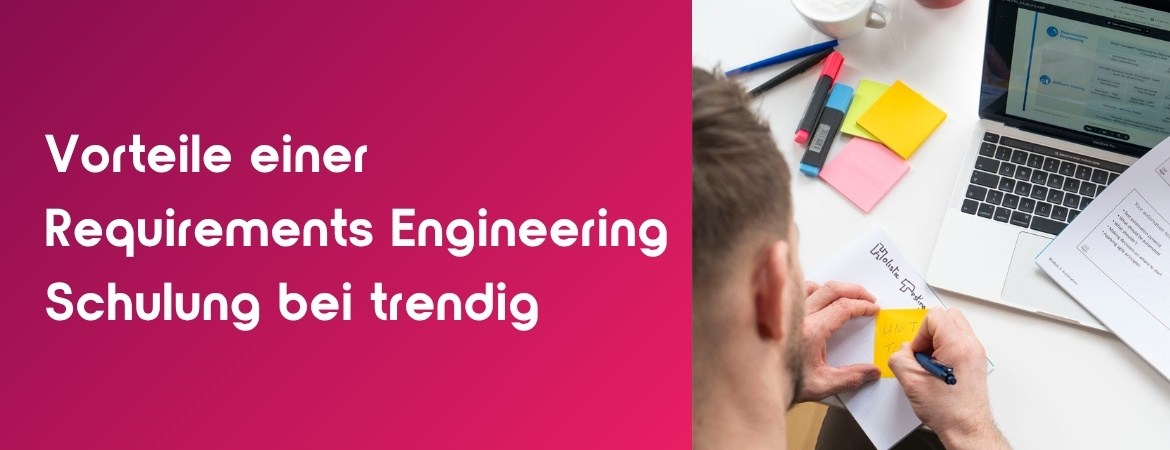So you decided to get certified, you booked your course with a training provider, but you want to be prepared as well as possible? We collected a few tips and tricks on how to get the most out of it.
If you work in controlled and/or regulated domains, sooner or later you will need to acquire a certification. You may also want to have a certificate to attain better job opportunities, because in most cases industry professionals still do not believe in self-taught experts. We, as a training and knowledge-sharing company, have a long record in supporting professionals on their learning path. In this article, I collected tips and tricks on how to achieve the best possible outcome for you.
Be prepared
Each training and certification usually has its own syllabus. A syllabus is both a document about the course content, goals, and elements as well as a guide for students to the kind of teaching and learning they can expect in their class. By reading the syllabus upfront to the training you take full responsibility for your learning; it sets you in the right mindset. An illustrative example to this is that if you are going to a French cooking class you will have one mindset whereas if you are going to learn how to cook Mexican food, you will have another mindset.
Next to the syllabus, another learning aid is the glossary. Get used to the terminology so that, whenever a trainer mentions “CI”, “test plan” or “stakeholder rights” during the training, you’ll know what they mean. Just as you would know what “steamer basket” means if you went to a cooking class. If you book a training course with trendig, you will always find both pieces of information attached to your booking confirmation email.
Time spent with your trainer enables you to cover or delve deeper into topics you did not understand on your own and to get examples of practical usage. In the end, you will have a good grasp of the different topics and where they fit in the bigger picture.
Learning preferences
People learn differently. Some learn by studying with the help of questions and answers, some by reading and remembering. We at trendig believe in storytelling. trendig’s trainers all have worked in the field and they have many stories to tell that turn theory into practice. We also believe in group discussions, case studies, as well as team presentations and try to weave them into our trainings as much as possible.
Before the exam
Under time pressure, people perform differently. Make sure you have all the necessary information about the process and structure of the exam so that you aren’t confronted with new information and then get stressed just before the exam. No matter which exam you take, don't forget your identification (passport, ID, driver’s license).
Use official mock exam questions (all others can be misleading) to become familiar with the language and structure of exam questions. But keep in mind that exam questions are altogether different from what you see in sample exams, so it’s essential that your fundamentals are good.
Very important: Show up to the exam relaxed and with a positive attitude.
Tips during the exam
- Read the question first and identify the core of the question.
- If you think that 3 out of 4 possible answers are correct, read the question again and check that it is not a “not” or “never” type of question.
- Be careful if there are words like “all”, “always”, “every”, “each” or “must” in the question and ask yourself whether the modifier excludes some of the answers. Remember that often there are exceptions which invalidate answers with those signal words.
- If you are unable to solve a particular problem don't waste too much time. You can skip it for now and try to solve it after completing more straightforward and easy questions. It is very important not to panic and stay calm and focused. Sometimes you will find the answer to question 5 in question 12.
- Quite often questions are presented in such a way that all of the answers look similar. In those cases choose the one which covers most of the cases/conditions (it could be that it still does not cover all of them). In other cases, answers look correct, but in fact, all except one are mapped to wrong conditions.
- It’s a multiple-choice exam, so eliminating the provided options could be a good strategy for ambiguous questions.
- This should not happen, but if you really have no clue, then maybe statistics can help. Statistically answer C or the longest answer is the correct one. I leave it up to you to believe in statistics or not :)
Good luck!
P.S. Remember: a certificate does not say if you are a good or bad professional. It only confirms that you could answer to the required degree of answers correctly under given time constrictions.




